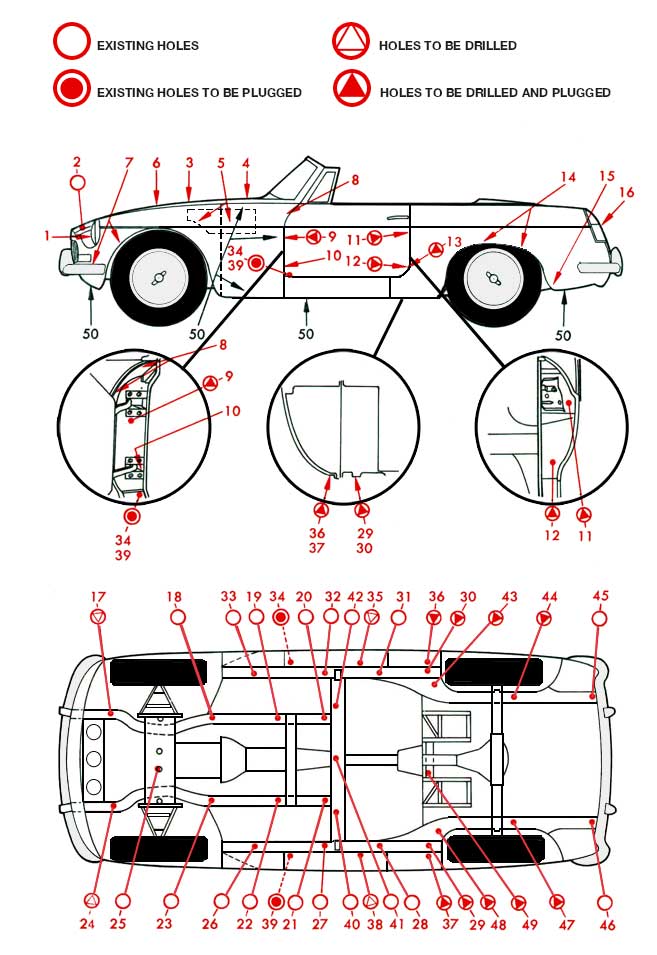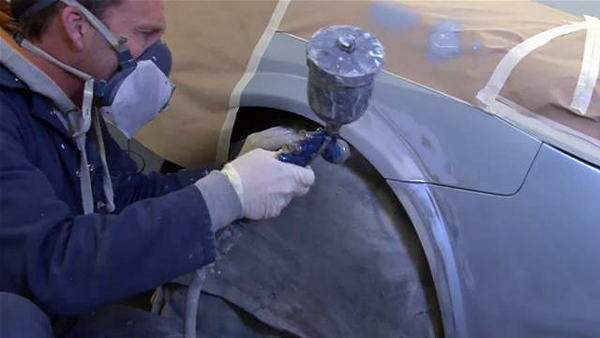UNDERSTANDING RUST – WHAT IS CORROSION
Understanding Rust – What is Rust Corrosion

We will endeavor to explain the rusting process in terms we can all understand, I do hope our simplicity does not cause any offence to any qualified metallurgists reading this page, this is our practical take on the subject.
Rust is the product we get when iron goes through the corrosion process. Iron and steel are not found free in nature. Both are extracted from iron ore in a blast furnace or electro oven.
Large amounts of energy are introduced into the iron ore in the extraction process, when this stored up energy is released, the iron has a tendency to corrode back to its natural form “iron oxide” or RUST. Metals that are found free in nature are stable and are classified as being more noble but even metals found in nature have varying electrical potential.
Gold has a potential of 1.498 v whereas Antimony has a potential of only 0.152v once we add man made metals and Alloys to this a very basic scale of a metals nobility would look some thing like this.
This Saxon gold brooch (above) is over a thousand years old with no signs of corrosion Gold is found free in nature you can pan for it in a river in Australia you can literally pick it up from the ground, a completely natural and stable metal its free!
The Iron Hammer Axe ia also over 1000 years old, Iron is not found free in nature therefore as soon as it is exposed to natures Air and Water it corrodes and disintegrates back to the very earth it came from.
Iron and steel require a barrier surface protection on all surfaces to stop the natural corrosion process. Hence we can say Gold is more noble( stable) than Iron/Steel.
Automotive Metals Nobility Table
- GOLD THE MOST NOBLE
- TITANIUM
- HIGH GRADE STAINLESS STEEL
- BRONZE
- 50/50 LEAD TIN SOLDER
- COPPER
- LOW GRADE STAINLESS STEEL
- STEEL & CAST IRON
- ALUMINIUM
- ZINC
- MAGNESIUM
Gold being the most NOBLE / CATHODIC Magnesium being the least NOBLE most ANODIC The less noble metal will be consumed by the more noble metal when they are connected by an electrolyte (water). For example sacrificial anodes used on steel hulled ships and yachts are made of zinc. The zinc ingots are fixed below the water line, when a section of steel becomes exposed to the water there will be an electrical exchange between the bare steel and the Zinc anodes, because the zinc being less noble than the steel will be sacrificed to corrosion the steel will stay in tact, this is known as cathodic protection. Eventually the zinc anode will be consumed but the steel will not.
There are other less known metals and alloys within this scale but for the sake of clarity these have been omitted.
WARNING ; Due to this natural cathodic corrosion process you will need to think very carefully how you join an interface of for example steel and aluminum. The best known example of this is the classic shape Land Rover Defender where the door skin is aluminium and the door frame is steel. You get white salts appear on the aluminum destroying the paint finish, the white powder is in fact a white rust. If this is not treated quickly the aluminium will be sacrificed to the steel in cathodic reaction and holes will appear in the door skin. The use of modern panel adhesives that sit between the two metals would have stopped this from happening. The further use of plastic sheaths on the pop rivets would have further reduced the contact. This kind of corrosion has been avoidable for many years, a question for the automotive industry maybe.
STEEL IS A CHARGED BATTERY
The energy trapped in all iron and steel can be compared to a charged battery, it has both anodic + and cathodic – particles within its structure. Iron and steel can set free their accumulated energy in the form of electricity as soon as moisture is present, in the same manner as an electric torch battery when connected to an electric light bulb. When the battery runs down the zinc capsule around the battery is consumed and the liquid electrolyte runs out. Exactly the same thing happens to a piece of steel. Some areas of the steel are consumed or corroded during the release of energy – THE STEEL RUSTS Some areas of steel can be more Cathodic than others and this is particularly the case of corrosion forming within seams and crevices. Correct design and restoration methods can prevent this. Rustbuster have a completely integrated range of products that can ensure corrosion free engineering, from construction through to restoration and routine maintenance. At Rustbuster we look at a molecular level at how our products can attach themselves to these ions to either reduce or shut down the corrosion process.
CORROSION PROTECTION METHODS
THE BARRIER PRINCIPLE
The substrate is isolated from the corrosion causing environment by using a coating which has low permeability to moisture and air. This may be achieved by applying a thick coat of paint or applying a paint having low permeability eg. Epoxy, Polyurethane; or even better applying a thick, low permeability coating. Rustbuster products that fall into this category would be Epoxy Mastic 121, for vehicle cavities this would be the Corrolan product.
PASSIVATION
Corrosion is retarded or arrested by chemical reactions between rust inhibitive pigments in the coating, and the substrate and/or moisture passing through the paint film. The Rustbuster product that would fall within this category will be fe-123 Molecular rust converter
CATHODIC PROTECTION
This is achieved by coating the substrate with a paint containing mettalic pigments- usually zinc (Aluminium in some cases), which are ignoble with respect to the substrate. Cathodic protection may also be achieved by means of metal coatings such as zinc galvanising. The rust buster products that fall into this category are Zinc Rich Epoxy-Anode (Zinc) and Epoxy -Mastic 121 (Aluminum In order to work effectively the zinc particles must be held in close contact with themselves and the substrate usually a minimum ST3 cleaned surface or blast cleaned for good electrical contact. When a zinc layer is subject to minor damage eg. a scratch, a corrosion reaction will take place which produces zinc salts that self-seal the damaged area.


